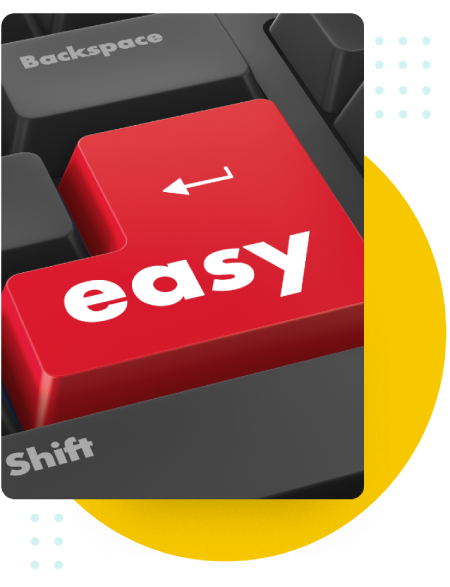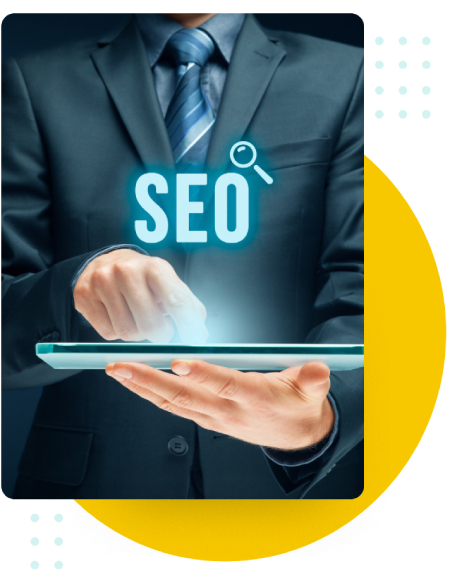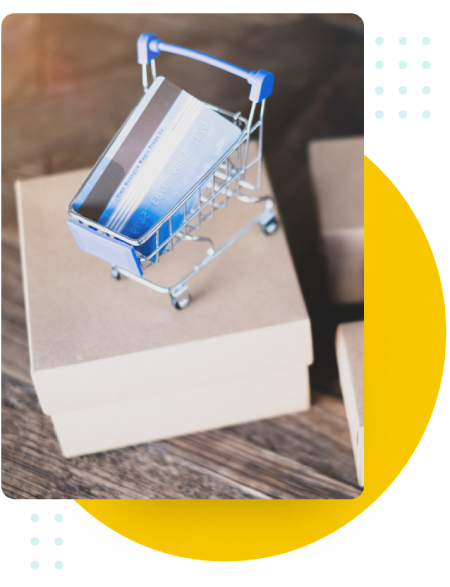Let’s have a run down of all the best practices you need to take a not of if you want your Shopify venture to turn into a success:
1. Create a beautiful store.
The importance of aesthetics cannot be understated when it comes to attracting potential customers. No matter how good your products actually are, unless your website flaunts a beautiful appearance, your customers won’t gravitate towards buying from you – that’s just how it works.
Luckily, making your store beautiful on Shopify is quite easy. It has over 100 free and paid themes that you can use for your eCommerce store. These themes are not only aesthetically pleasing, but can also be customised in accordance with the needs of industry, regardless of which one it is.
So, to create a beautiful , aesthetically superior online store, you can rely on Shopify themes. However, you must also remember that not every theme will go to your store, so you should choose it carefully. One way to do this is to check the reviews for the said theme before you actually implement it in your story – this way you will know if there are any problems with the template. You should also have some prior coding knowledge if you want to customise the theme to go beyond the generic and actually present the right image of your webstore.
2. Try and get your store to rank.
To succeed in the world of eCommerce, you need to level up in terms of search engine optimization. Search engine optimization, also known as SEO, will be your gateway to ranking higher on search engines. What this means is that every time a user searches for a word that is related to your business, they will find your web page in the search results. SEO is great in terms of increasing your traffic and attracting leads.
If you want to improve the ranking of your Shopify webstore, there are quite a few tips and tricks you can make note of. Firstly, you should carry out your own keyword research. With the amount of SEO tools available in the market today, this shouldn’t be hard. Once you have a good understanding of which keywords you should be targeting, you should get to optimising your content for those words. This includes the meta-data – Shopify allows you to optimise meta-data with relevant keywords as well, which means that you have a great opportunity to improve your SEO score.
Also, remember to avoid duplicate content as this can have a negative impact on your store. Everything from your landing pages to your product descriptions should have unique content, which will help you get yourself ahead in the SEO game.
3. Put effort into your landing pages.
A landing page is the first point of interaction between you and your website. In order to ensure that the customer chooses to proceed and actually engage with your business further, you must build a landing page that sends the right message.
For this, Shopify allows you to integrate with helpful apps like MailChimp, Landing Page Builder, and countless other tools that can help you build a strong landing page.
Just make sure that your landing page is unique, includes your branding, and convinces the customer to interact with your brand. Salesy language is perhaps not the best thing to include in your page, but you must also be confident in terms of what you can provide to the customers. The bottom-line is that a landing page is a tough nut to crack, but it is also worth the effort because it will help you attract your audience base in all the right ways!.
4. Implement an effective content strategy.
You must have heard of the phrase: content is king. Well, there is truth to that, even for eCommerce businesses. Without a proper content strategy, you cannot possibly expect your business to succeed, especially if you are an online retailer. This is because in the online realm, the competition is quite cutting-edge, and the only way you can hope to oversee your competitors is if you push forward with a well-planned content strategy.
There are quite a few factors that go into creating the perfect content strategy. For example, blogging. Publishing useful content for your customer base to rely on is not only a great way of building traffic, but it will also help you establish yourself as a thought-leader in your industry. When it comes to a blog, your number one goal should be to create content that is engaging, helpful, and also unique. Also, don’t forget to add images, video, and other exciting visuals such as GIFs and animations, because these can help your content stand out as well. As long as you check these boxes of the list, your customers simply won’t be able to say no to your content.
With the help of Shopify’s future publishing, you can post your blogs, product, page, and collections whenever you like, without being available on the required date and time. This is very convenient, and can help you test out different times and see which one works the best for your content in reference to the audience.
5. Manage your orders perfectly.
Now, let’s get somewhat more operational. Even if you do everything that we have mentioned above, there are still chances that you are neglecting your business if things don’t go smoothly at the backend of your business; particularly with order processing.
Whether you get a small number of orders everyday or have to send out a monumental volume of orders, you need to ensure that you are handing these orders seamlessly. This is because the more efficient your order processing is, the faster these orders can be out for delivery and in the hands of the customers. Considering that we are all customers in one or the other segment of our lives, it is safe to say that there is nothing one likes more than fast delivery.
But, how can you do that with Shopify? Well, there are quite a few ways, as discussed below.









